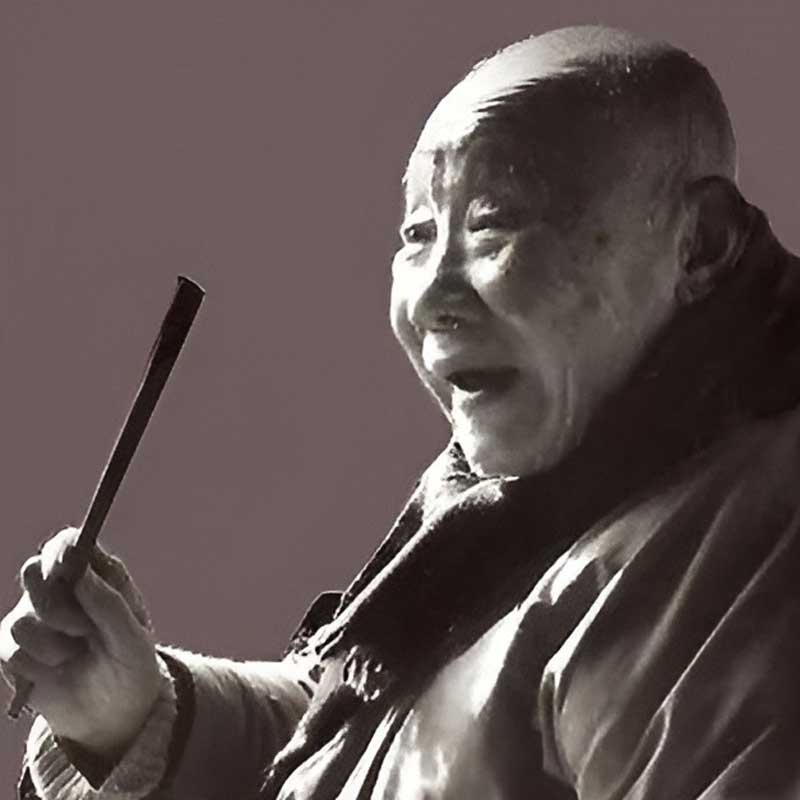江苏苏州人。1911年入商务印书馆画图室学习西画。1922年与胡粹中、朱士杰创办苏州美术专科学校,任校长。1928年入法国巴黎高等美术专科学校学习。1932年回国,主持苏州美术专科学校的教学。1933年至1934年曾兼任南京中央大学艺术系代理系主任、浙江大学建筑系教授。1952年以来,历任中央美术学院华东分院副院长,中国美术家协会理事,美协上海分会副主席。1929年创作的色粉画《厨房》,曾获法国国家沙龙画会荣誉奖;油画《枫桥夜泊》获第六届全国美展荣誉奖,为中国美术馆收藏;出版有《透视学》、《色彩琐谈》、《颜文樑画集》等。
颜文樑是20世纪中国现代美术的奠基人,一生致力于中国油画的开拓和传播,于1922年创办苏州美术专科学校,桃李满天下,可谓影响深远。颜文樑还是在东西方文化的交流碰撞中最早学习研究和传播西洋绘画的先驱者之一。1928年入法国巴黎高等美术专科学校,他遵循欧洲传统绘画中的科学法则,对景写生,讲究光影透视,在古典主义风格中融合印象派的光色,推动了中国现代主义绘画的发展。
Born in Suzhou, Jiangsu. In 1911, he entered the drawing room of the Commercial Press to learn Western painting. In 1922, he founded Suzhou Art College with Hu Cuizhong and Zhu Shijie and served as the principal. In 1928, he entered the École des Beaux-Arts in Paris, France. In 1932, he returned to China and presided over the teaching of Suzhou Art College. From 1933 to 1934, he served as the acting director of the Art Department of Nanjing Central University and a professor of the Architecture Department of Zhejiang University. Since 1952, he has served as the vice president of the East China Branch of the Central Academy of Fine Arts, a director of the Chinese Artists Association, and the vice chairman of the Shanghai Branch of the Chinese Artists Association. The pastel painting "厨房" created in 1929 won the honorary award of the French National Salon; the oil painting "枫桥夜泊" won the honorary award of the Sixth National Art Exhibition and is collected by the National Art Museum of China; published "透视学", "色彩琐谈", "颜文樑画集", etc.
Yan Wenliang is the founder of modern Chinese art in the 20th century. He devoted his life to the development and dissemination of Chinese oil painting. In 1922, he founded Suzhou Fine Arts School, and his students are all over the world, which can be said to have a far-reaching influence. Yan Wenliang was also one of the earliest pioneers to study, research and spread Western painting in the exchange and collision of Eastern and Western cultures. In 1928, he entered the Ecole des Beaux-Arts in Paris, France. He followed the scientific rules of traditional European painting, sketched from life, paid attention to light and shadow perspective, and integrated the light and color of Impressionism into the classical style, which promoted the development of modern Chinese painting.


